Did I Have West Virginia Wrong?
Statistics paint one picture of the state, but it's not the place I encountered
Welcome to the Quarantine Creatives newsletter, a companion to my podcast of the same name, which explores creativity, art, and big ideas as we continue to live through this pandemic.
If you like what you’re reading, you can subscribe for free to have this newsletter delivered to your inbox on Wednesdays and Sundays:
West Virginia is one of five states that border Ohio, where I was born and raised. Yet I had almost no awareness of West Virginia as a child. It may as well have been another country it seemed so distant in every way.
I did not set foot in the state until a family road trip at age 14. We were driving to Florida and passed through West Virginia for a few hours. I remember stopping at a rustic country store and buying a slingshot made from a sanded down tree branch, which seemed exotic to a suburbanite like me.
I wouldn’t revisit West Virginia again until I was in my 30s. As the producer of Ask This Old House, I made it a personal goal to shoot at least one segment in each state (which we accomplished in 2017). Because we were working on a limited budget, travel had to be strategic, so our stop in West Virginia was part of a larger itinerary that also involved working in Cleveland and Pittsburgh.
We filmed in Wheeling, which is on a little slice of West Virginia less than 20 miles wide, wedged between Ohio and Pennsylvania. I spent a night in a roadside hotel, shot a segment in a beautiful old house, and then immediately drove on to Pittsburgh. I understood one house in one neighborhood, but left hardly feeling like I had explored much of the state.
As I’ve mentioned in this newsletter before, we recently concluded a road trip across much of the Northeast in our RV. Not unlike when I was producing Ask This Old House, we keep a map in our coach and add a sticker each time we camp in a new state, hoping to one day reach the lower 48 in our RV.
As we were planning our trip, we realized that our stay in Virginia near Shenandoah National Park was not far from the West Virginia border. We decided to look at what options might make the most sense to allow us to quickly cross the border, spend a night to earn a sticker on our map, and move on.
I had no reason to think that West Virginia was a place worth more than one night and didn’t bother to do any homework to prove my notion untrue. My perception of West Virginia was largely negative, shaped by the news and pop culture stereotypes.
West Virginia is a state with high poverty, ranking as the sixth poorest state in the country and dead last in a recent study looking at the quality of education and attainment of college degrees.
It is the epicenter of the opioid crisis, with an overdose death rate of 41.5 for every 100,000 people (the highest in the nation). It also has a high proportional death toll from COVID and a lower vaccination rate than other states.
In 2020, West Virginians selected Donald Trump over Joe Biden by a more than two to one margin. West Virginia’s senator Joe Manchin is a Democrat on paper, but he votes to the right of his party. Just last week, he said that he would not support climate change measures or tax increases on wealthy Americans as part of a budget deal that has been in negotiation for weeks, a major setback for President Biden’s agenda.
Perhaps the reason that I rarely had ventured into West Virginia many times was because it didn’t seem to have much appeal to me. It would be like scrolling Yelp looking for a place to eat and settling on the restaurant with one star. What could a state that was near the bottom of so many rankings offer me, other than another notch towards an eventual, somewhat arbitrary goal of camping in all the states?
It turns out that I may have been misjudging West Virginia all of this time.
We opted to book a stay with Harvest Hosts. I’ve mentioned them before, and I really like that they allow RVers to stay at a small businesses like farms and wineries.
I selected a Harvest Host location that I thought might appeal to my kids- a site owned by a retired commercial airline pilot that now had a grass runway and plane hangar in his backyard. He also operated a small campground for people passing through. The whole operation is known as Just Plane Adventures.
The location wasn’t far from the border, but it was in the Appalachian Mountains and would take some time to reach, traversing narrow country roads that wound up and down the sides of mountains. There is no interstate highway in this section of the state.
At first, the drive was treacherous and a little scary, but as I got used to running in low gear and found my groove, I began to relax and take in the scenery. Clouds were being blown in and out, and we could watch the rain as it fell a few miles away, then moved on.
I expected to see mountain tops dismantled by the coal industry and rivers running brown with pollution, but instead, I saw some of the most unspoiled and beautiful landscapes I have ever encountered. The mountains were green with trees, reminiscent of the Berkshires here in Massachusetts but taller and wider.
I also expected to see a lot of MAGA flags or homemade Trump signs, but I don’t recall seeing any. There was one Confederate flag, flying prominently on a hilltop above the city of Moorefield (apparently commemorating a Civil War battle), but things were otherwise pretty apolitical.
We could see in the distance dozens of wind turbines lining the ridge of a nearby mountaintop. Less than 5% of the energy in West Virginia comes from renewable sources, and policies make it difficult to develop wind or solar power of any scale. Still, it’s hard to miss the sheer magnitude of this one particular wind installation.
When we arrived at the campground, I passed several nice travel trailers on the way to our site. Two women sat in lawn chairs next to a creek that ran behind the campers and waved to us as we passed. I would later learn that most of the campground sites were rented by traveling nurses or contractors working on the nearby wind turbines.
We settled in and began to make dinner. As we cooked, a doe jumped a nearby fence and watched us from a few yards away. The next morning, she would reappear with her young fawn close behind. We ate dinner on a picnic table watching the mountains.
After dinner, we hiked up the mountain to the airplane runway above our campground. We could see and hear cows below in the valley eating grass. The smell of pine and cedar was strong in the air. As we tucked in for the night, fireflies glowed in the cool summer air and a light rain fell on our fiberglass roof.
We left West Virginia the next day on the same road from which we had entered. We stopped at a farm stand, the Wardensville Garden Market. It caught my eye as we drove by because it was a store in an old farm house and was selling organic produce.
We parked the RV next to a productive looking farm field with a few high tunnel greenhouses. There was an outdoor produce stand selling beautiful, organic vegetables. We bought some fennel, scallions, and radishes, but could have easily bought more.
We also stopped into the farmhouse, which was home to a general store loaded with locally grown and made products. I was eager to try lamb sausage, locally roasted coffee, and some fermented vegetables.
It turns out that it was more than just a store or a farm. The entire operation, we learned later, was a project started by Farm Works Wonders, a non-profit focused on bringing sustainable jobs and skills training to teens in this region of Appalachia.
The program was established in 2016 and now involves a farm, bakery, glass blowing studio, and retail business. According to their website, the farm has provided more than 161 jobs, and awarded more than $130,000 in scholarships to local youths. They train high school students in social and leadership skills, hoping that some will stay behind and lead the next generation of the community, while others will take those skills and make an impact in the world beyond. The teens are also learning how to grow food and how to eat healthy, skills that have been all but lost in modern education.
We rejoined I-81 in Virginia and headed north towards our eventual next stop in Pennsylvania. Getting there meant crossing into another section of West Virginia for a period, this time around Martinsburg.
We stopped for lunch and gas, and the exit off the interstate could have been anywhere in the U.S. There were big national chains- McDonalds, Chipotle, Panda Express, plus smaller local restaurants too. We bought gas at the local supermarket chain and noticed several electric vehicle chargers in front of the store. Had the license plates on the cars not given it away, there was no way to know this was West Virginia.
I went into a visit to West Virginia expecting to see desperation, poverty, sadness. I imagined passing ramshackle homes populated by the types of people that Dorothea Lange photographed during the Great Depression. I’m sure some of that may still exist if I looked under the surface a little more, but it was not what I encountered on this trip (or for that matter, in past trips to the state, however brief).
Instead, I found a state with immense beauty that is struggling in a less visible way. West Virginia has been exploitated by outside groups for generations, whether energy companies that relied on local labor to mine coal, but shipped out the wealth generated, or by pharmaceutical companies and pharmacies, which overlooked the overprescription of drugs like Oxycontin, leading to the opioid crisis being centered here. The poverty, low education, and high drug use are products of exploitation by outsiders who stripped the state bare and pocketed the proceeds.
I was encouraged by the signs of local entrepreneurship I encountered, including our small campground and the farmer’s market that is making a real community impact. Even a row of wind turbines or accessible EV chargers were surprising signs of hope.
I know that my 24 hours in the state did not make a dent in the larger issues plaguing this region, but I also left with the feeling that I was not done with West Virginia either. I may have earned a sticker on the state map in my RV, but more importantly, I left with a desire to return.
Related Reading
Wednesday Walk: Riding with the Amish
If you’d like to catch up on past episodes of the Quarantine Creatives podcast, they can be found on Apple Podcasts, Spotify, or wherever you listen.
Please consider sharing this with a friend that you think might enjoy it, or better yet, share it on social media so you can tell hundreds of friends!
If you’ve missed past issues of this newsletter, they are available to read here.
Stay Safe!
Heath


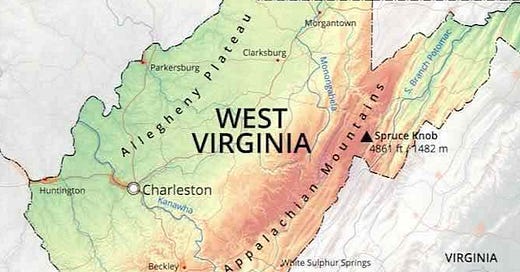


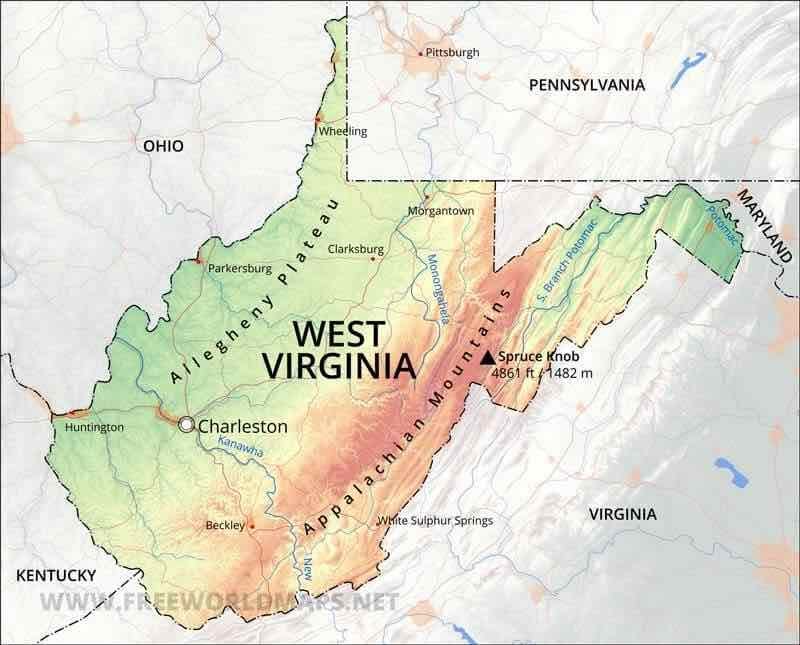

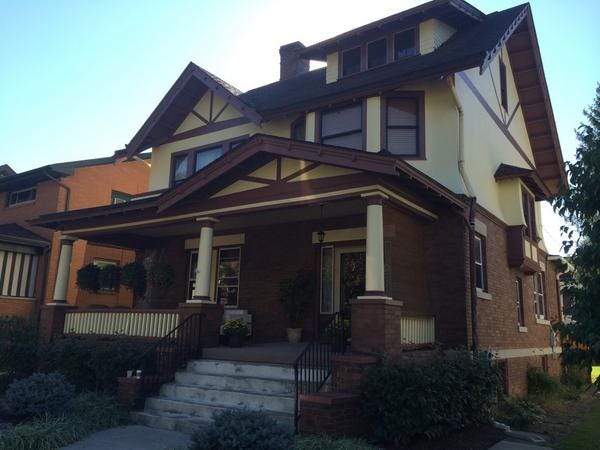
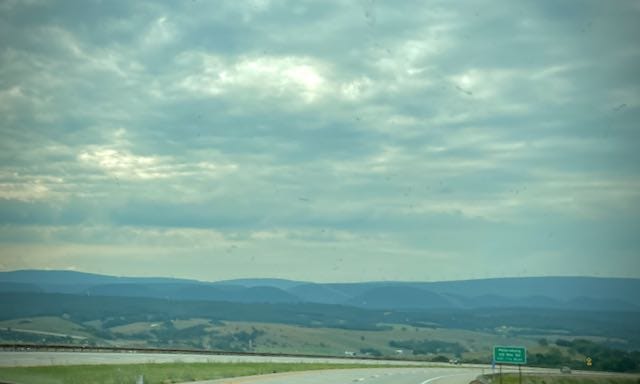
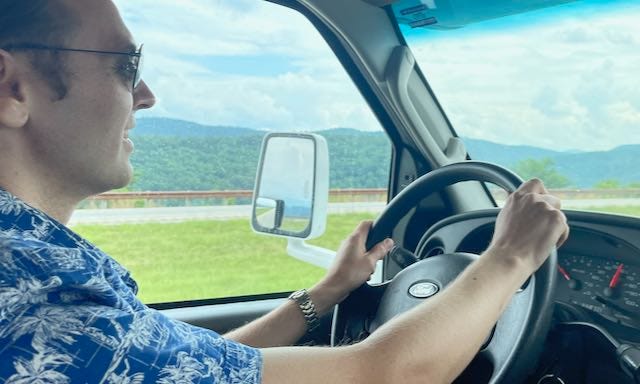
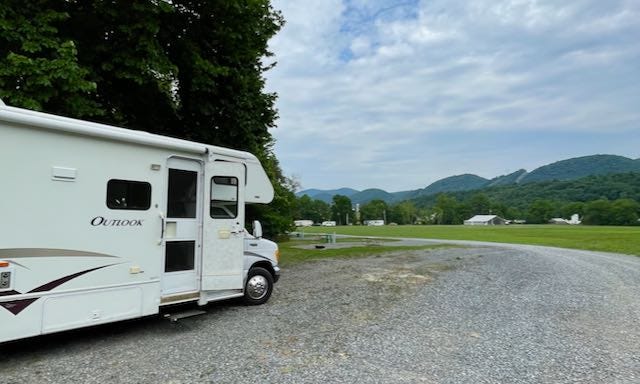


Heath,
You are very correct. WV is very complicated. I moved here for a short stint 24 years ago and stayed.
Let us know when you are heading back, we will put some more great places on your itinerary.
This morning at Canaan National Wildlife Refuge the birding was pretty good with some phoebes, peewees, a bobolink, and some crazy warblers. We didn’t see the green herons from a couple weeks ago. High today here is expected to be in the low 70s with a heat index of about the same.
We will head back home today to Shepherdstown, briefly considered for Capital of the US due to the presence of Washington family farms nearby. Come see where that Shenandoah meets the Potomac - the only brief location where that Shenandoah touches WV and see some Harpers Ferry.
We are ready when you are.
There are complicated issues here - and - there is a lot going on.